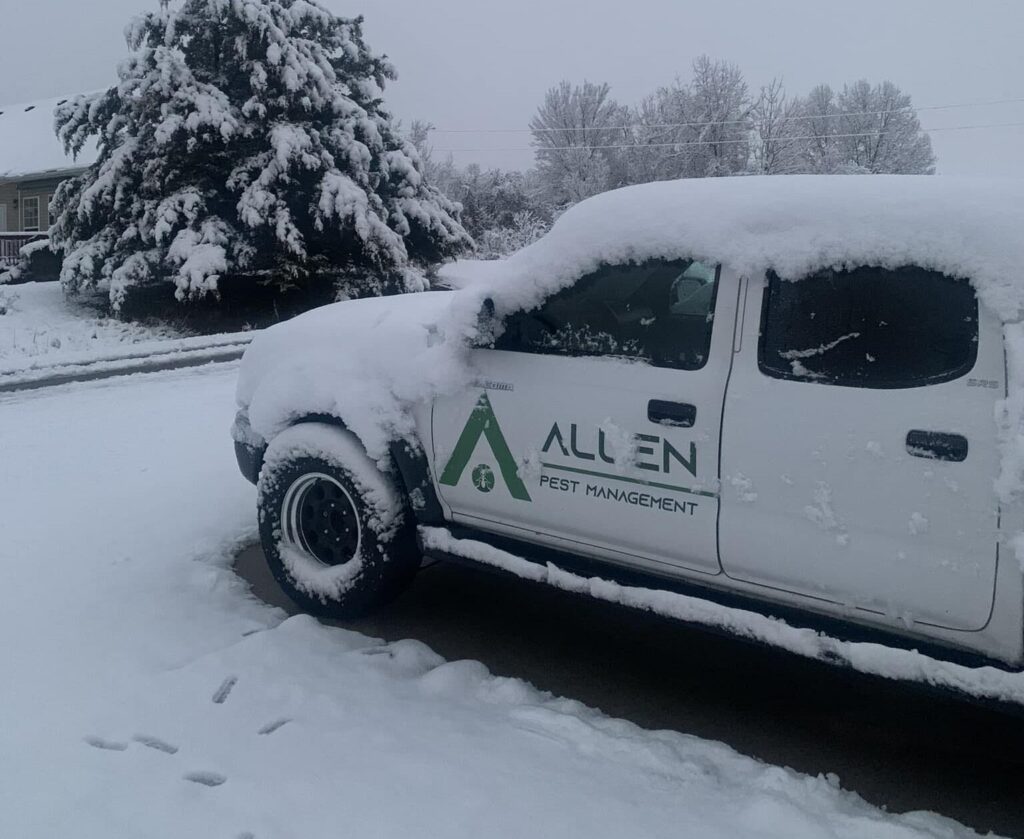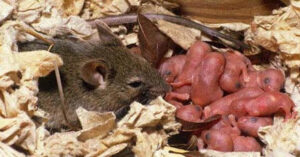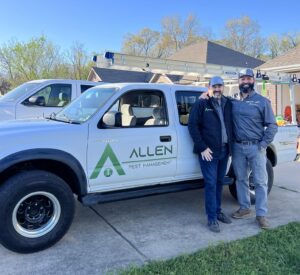Wasp infestations can pose significant risks to both safety and peace of mind in homes and gardens. These flying insects, while beneficial for ecosystems, become a concern when they nest too close to human activity.
Recognizing the early signs of their presence is essential for effective management and prevention. This guide outlines eight critical indicators of wasp infestations, aiding in prompt identification of wasp and control measures.

1. Visible Nests
Location and Appearance
Wasps typically build their nests in sheltered spots with easy access to the outdoors, such as eaves, garages, and tree branches. The appearance of these nests—ranging from smooth, paper-like structures to larger, more complex constructions—can be a clear sign of infestation.
2. Increased Wasp Activity
Observing Patterns
An uptick in wasp presence around your home, particularly near potential nest sites, is often an early indicator of an infestation. Noticing wasps frequently entering and exiting a specific area can pinpoint nest locations.
3. Buzzing Sounds
Identifying the Source
A constant, low buzzing noise, especially from hidden areas like wall cavities or attic spaces, can suggest a wasp nest’s presence. These sounds are produced by the collective movement and communication of wasps within the nest.
4. Chewed Wood
Signs of Nest Building
Wasps chew wood to create a pulp for constructing their nests. Finding patches of bare, chewed wood on fences, garden furniture, or the exterior of buildings can indicate nest building nearby.
5. Aggressive Behavior
Defensive Actions
Wasps tend to become more aggressive when their nest is disturbed or they feel threatened. Increased aggression in wasps, including unprovoked attacks or swarming, can signal a nest in the vicinity.
6. Dead Wasps
Finding Evidence
Discovering dead wasps in or around your home can be a sign of an infestation, especially if found in large numbers. This could indicate a nest inside your property or very close by.
7. Damaged Plants and Fruit
Foraging Signs
Wasps feed on sweet substances and can cause noticeable damage to fruit-bearing plants and trees in your garden. Observing partially eaten fruits or damaged flowers may suggest wasp activity.
8. Sightings of Larvae
Indicators of a Growing Colony
In some cases, you might directly observe wasp larvae within the nest or in close proximity. This is a definitive sign of an active, growing infestation requiring immediate attention.
Wasp Infestation: Early Detection and Effective Control
Recognizing a wasp infestation early is critical for ensuring the safety and comfort of your home environment. The eight signs outlined in this guide serve as essential indicators to help you identify potential wasp problems before they escalate. Wasps, while playing a role in the ecosystem, can become a significant issue when their nesting areas overlap with human spaces, leading to potential risks and disturbances.
If you’ve spotted any warning signs, act quickly. Allen Pest Management offers effective wasp control services for infestations of any size. Our team has the expertise and tools to safely eliminate wasp nests, protecting your family and peace of mind.
Don’t let wasps disrupt your outdoor fun or endanger your home. Contact Allen Pest Management for a complete solution to your wasp issues. Reclaim your space from unwanted pests with our dependable wasp control services.







